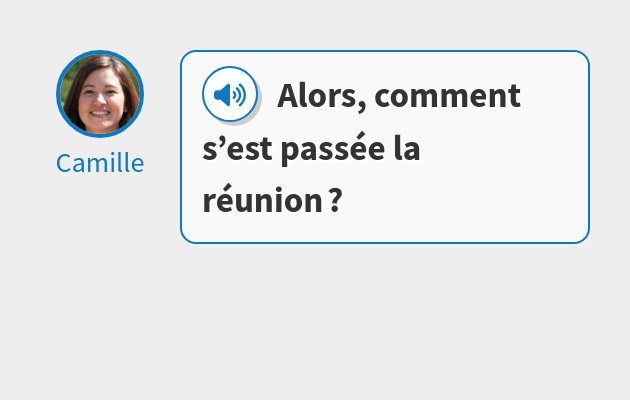How to ‘please’ in French: ‘veuillez’ versus ‘s’il vous plaît’
In Monday’s chat this week, a visitor arrives at the reception desk of an office building where the receptionist asks him to sit down and wait. This is how she says it:
You may be wondering, what is this veuillez? Why doesn’t she say something with s’il vous plaît in it, like:
Asseyez-vous, s’il vous plaît. Please sit down.
That’s totally what she would say in an informal or semi-formal conversation. But in situations where people want to maintain a higher level of formality, ceremony and distance, the construction with veuillez is the one to go for.
This construction consists of the word veuillez followed by the infinitive of whatever you’re asking the other person to do, in this case vous asseoir to sit down (or more literally to seat yourself: that’s why the vous is there).
What does veuillez mean literally? It’s actually the imperative form of the well-known verb vouloir to want. Yes, it’s a command: you’re literally ordering someone to want to sit down! That may seem strange and perhaps not very polite at all, but in French it is a marker of an elevated level of formality: a bit like the difference between sit down and have a seat in English.
